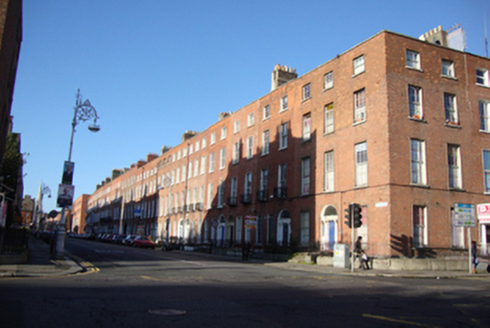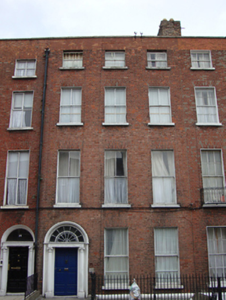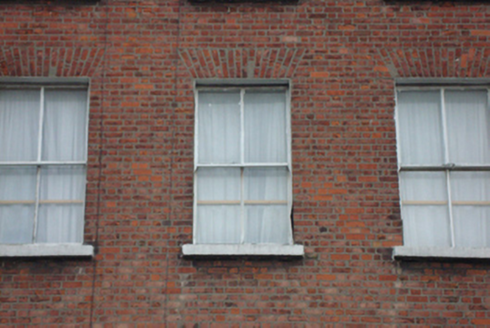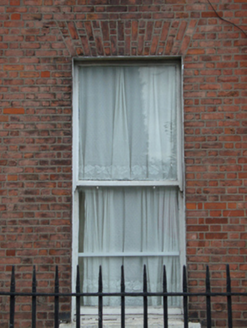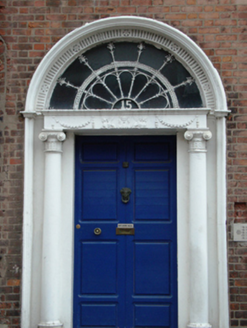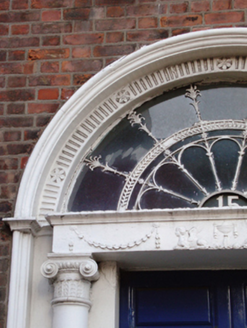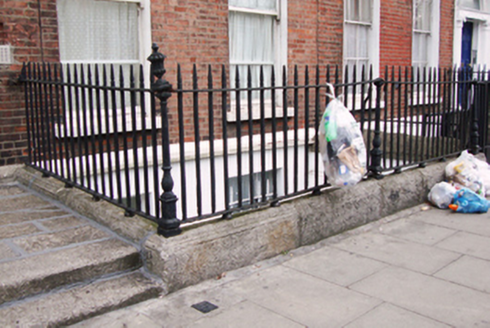Survey Data
Reg No
50010859
Rating
Regional
Categories of Special Interest
Architectural, Artistic
Original Use
House
In Use As
Apartment/flat (converted)
Date
1795 - 1800
Coordinates
315910, 235421
Date Recorded
10/10/2011
Date Updated
--/--/--
Description
Terraced three-bay four-storey house over exposed basement, built 1798-9. Now in multiple residential use. M-profile slate roof, hipped to west of front pitch with two hipped sections to rear, hidden behind rebuilt parapet wall with granite coping. Brick chimneystacks with clay pots to east party wall and cast-iron hopper and downpipe breaking through parapet to west end. Red brick walls laid in Flemish bond on granite plith course over rendered basement walls. Yellow brick walls to rear elevation laid in Flemish bond with red brick parapet. Gauged brick flat-arched window openings with flush rendered reveals, painted granite sills and early replacement timber sliding sash windows, two-over-two pane to top three floors, one-over-one pane to ground floor, and three-over-three pane to basement with iron grille. Possibly original six-over-six pane windows to ground and first floor levels of rear elevation. Round-headed door opening with moulded surround and painted masonry Ionic doorcase. Replacement timber door flanked by engaged Ionic columns on plinth blocks supporting lintel cornice with neo-Classical embellishments and original ornate leaded fanlight with fluted margin. Door opens onto granite platform and two granite steps bridging basement. Platform and basement enclosed by original wrought-iron railings and cast-iron corner posts on moulded granite plinth wall. Two cast-iron coal-hole covers set in granite flags flush with granite kerbing.
Appraisal
This Georgian townhouse forms part of a terrace laid out by Luke Gardiner II c.1790, lining the north side of Gardiner Place, linking Parnell Square to Mountjoy Square. The uniformity of scale and design is particularly striking on this streetscape with the original balconettes and doorcase (matching to No. 16) punctuating the rhythm. It has a fine classical doorcase with an ornate fanlight which provides a decorative focus. The retention of timber sash windows contributes to the historic architectural character of the building. The retention of the granite entrance landing and steps, and of the stone plinth wall and iron railings and gate to the basement area completes the setting. The house is a significant component in an important Georgian terrace and the whole contributes to the strong historic architectural character of this district.
